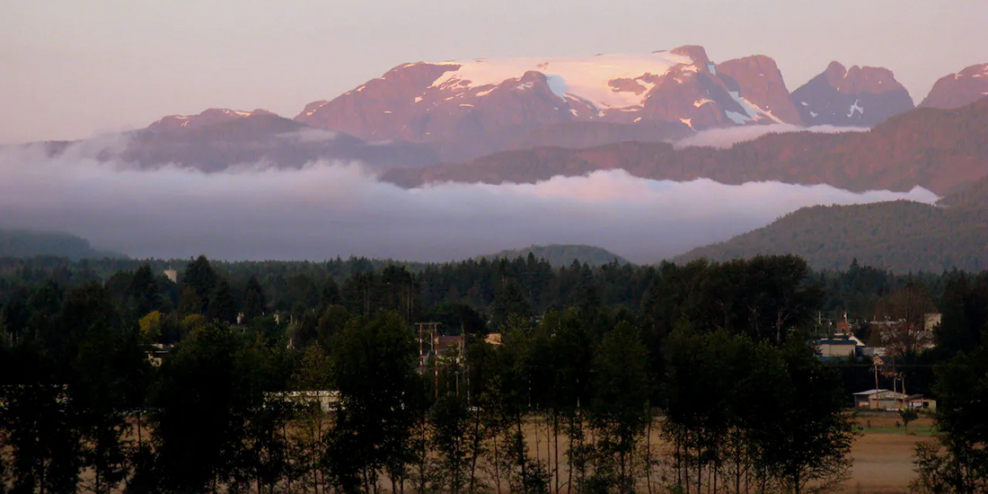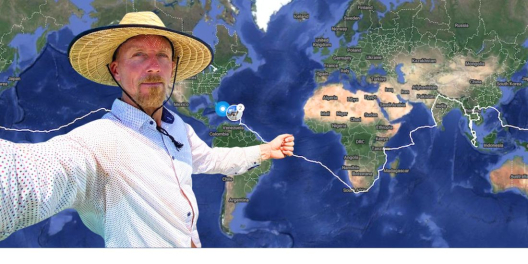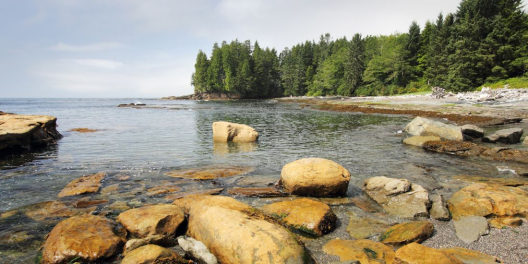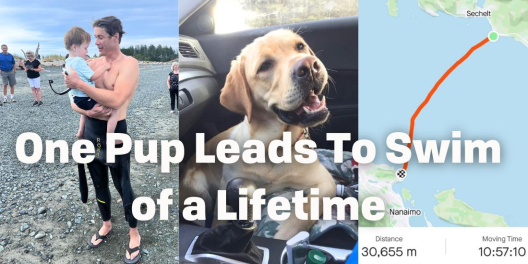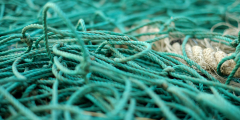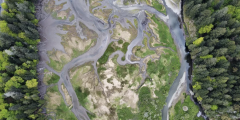Comox Glacier is a gorgeous local hot spot. It’s perfect for summer hiking and taking in Vancouver Island’s natural beauty. Also called Queneesh, it’s a symbolic part of K’omoks history. And it’s a source of drinking water for thousands.
But unless we stop putting polluting gasses into the atmosphere, it could be gone by 2050.
So the Comox Valley Regional District is taking action to fight for the glacier. At a meeting at the end of May, the Regional Directors passed an update to the 2011 Corporate Energy and Emissions Plan to make the district’s operations even cleaner.
The top cause of global warming is the pollution from burning fossil fuels like coal and gasoline. When burned, they become greenhouse gasses like carbon dioxide. These gasses trap extra heat in the atmosphere, and that extra heat makes for intense and unpredictable weather.
Intense weather like the heat dome.
The biggest threat facing Comox Glacier is increasing temperatures. Tina Willard-Stepan is an environmental educator with the Comox Valley Regional District. In her presentation to the Regional District meeting, she called the heat dome “the most anomalous extreme heat event ever observed on earth since records began two centuries ago.”
Temperatures reached almost 50º Celcius in some areas of VanIsle.
In the original climate plan, the district aimed to be carbon-neutral. That meant the district could burn lots of fossil fuels and then invest in forests somewhere else to offset those emissions.
It was a balancing act, and it meant the district didn’t have to make any drastic changes.
But instead of being carbon-neutral, the new plan reduces the district’s own energy use and greenhouse gas emissions. So that means the district might use electricity to heat buildings instead of using natural gas, and could convert to electric cars.
It’s a big change. Heating systems in district buildings would need major renovations. The district would need to replace its vehicles with electric as the old gas-powered ones wear out.
But it’s also important that the district take these kinds of actions. Because how can a district ask residents to make big changes to their own lives without making big changes themselves?
The new target is to reduce corporate greenhouse gas emissions by 50 percent below 2019 corporate emissions levels by 2030, and to achieve net-zero corporate emissions by 2050.
Some Regional Directors felt this still was not enough action. Area A Director Daniel Arbour wanted to reduce emissions by 70 percent by 2030. He argued the move could save the district money in the long term. But his motion was defeated for the moment.
Even though the motion was defeated, the update is a big step in the right direction. We tend to think action has to happen worldwide to have an effect. But real change happens when lots of smaller places make improvements in their own backyards.
Taking action just might save Comox Glacier so your kids can enjoy it, too.
